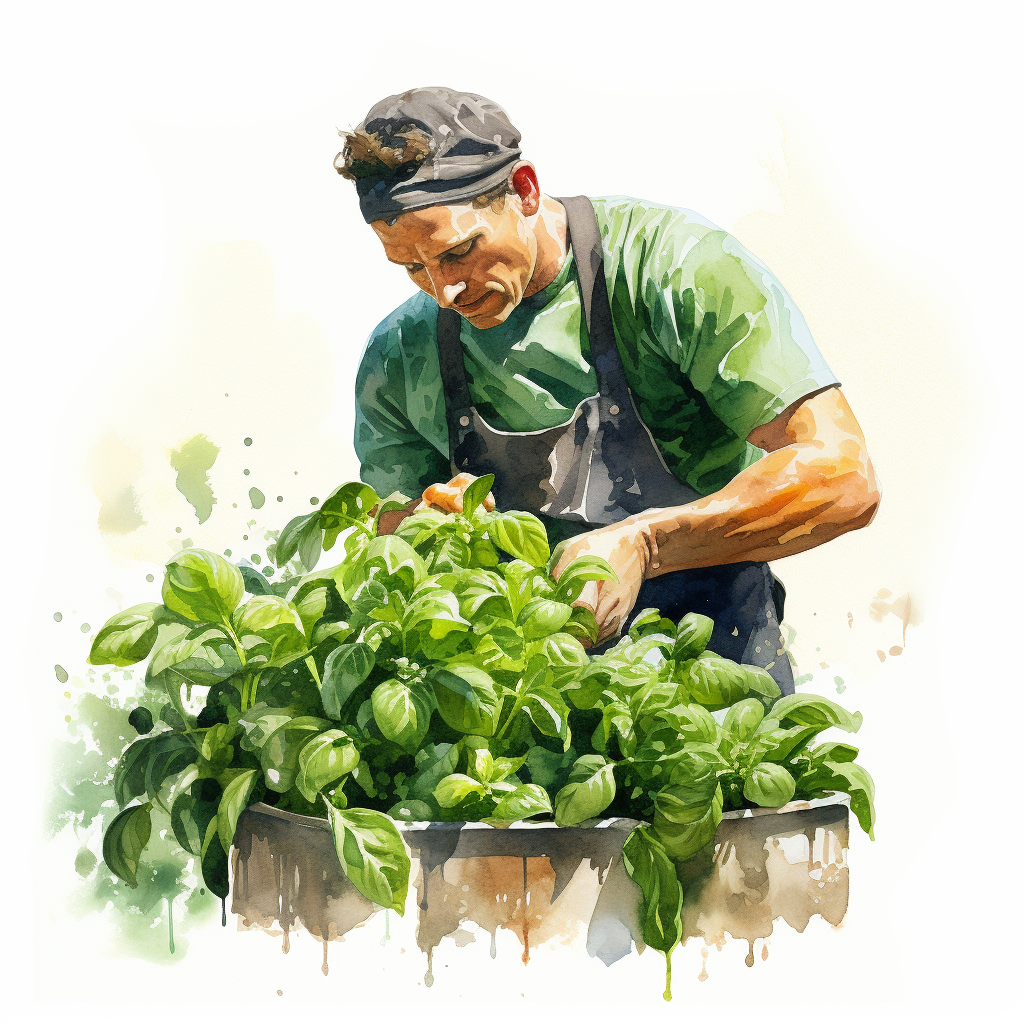Attention herb enthusiasts and culinary herbs connoisseurs! Are you ready to embark on a flavorful journey right in the heart of your own kitchen? If you’ve been yearning to infuse your dishes with the freshest, most aromatic herbs, then it’s time to roll up your sleeves and start your very own kitchen herb garden.
Imagine the convenience of plucking a handful of basil leaves for your homemade pesto or snipping some fresh rosemary to elevate your roasted potatoes. With a kitchen herb garden, you can have these culinary treasures at your fingertips, ready to add a burst of flavor to every dish you create.
But where do you begin? Don’t worry, fellow herb enthusiasts, for we are here to guide you through the art of starting your own kitchen herb garden. In this blog post, we will unravel the secrets of herb cultivation, from choosing the right herbs to nurturing them with care.
Get ready to embark on a journey of green-thumb expertise, as we explore the joys and benefits of growing your own herbs. We’ll delve into the selection of herbs that thrive indoors, uncover the secrets of proper care and maintenance, and even discover some tips and tricks to maximize the flavor and aroma of your herb garden.
So, if you’re ready to transform your kitchen into a flourishing herb haven and elevate your culinary creations to new heights, join us in our herb plants guide. Let’s dive into the world of kitchen herb gardening and unlock a world of fresh, tantalizing flavors that will leave your taste buds dancing with delight. Get your gardening gloves on and let’s begin our journey to create the ultimate kitchen herb garden!
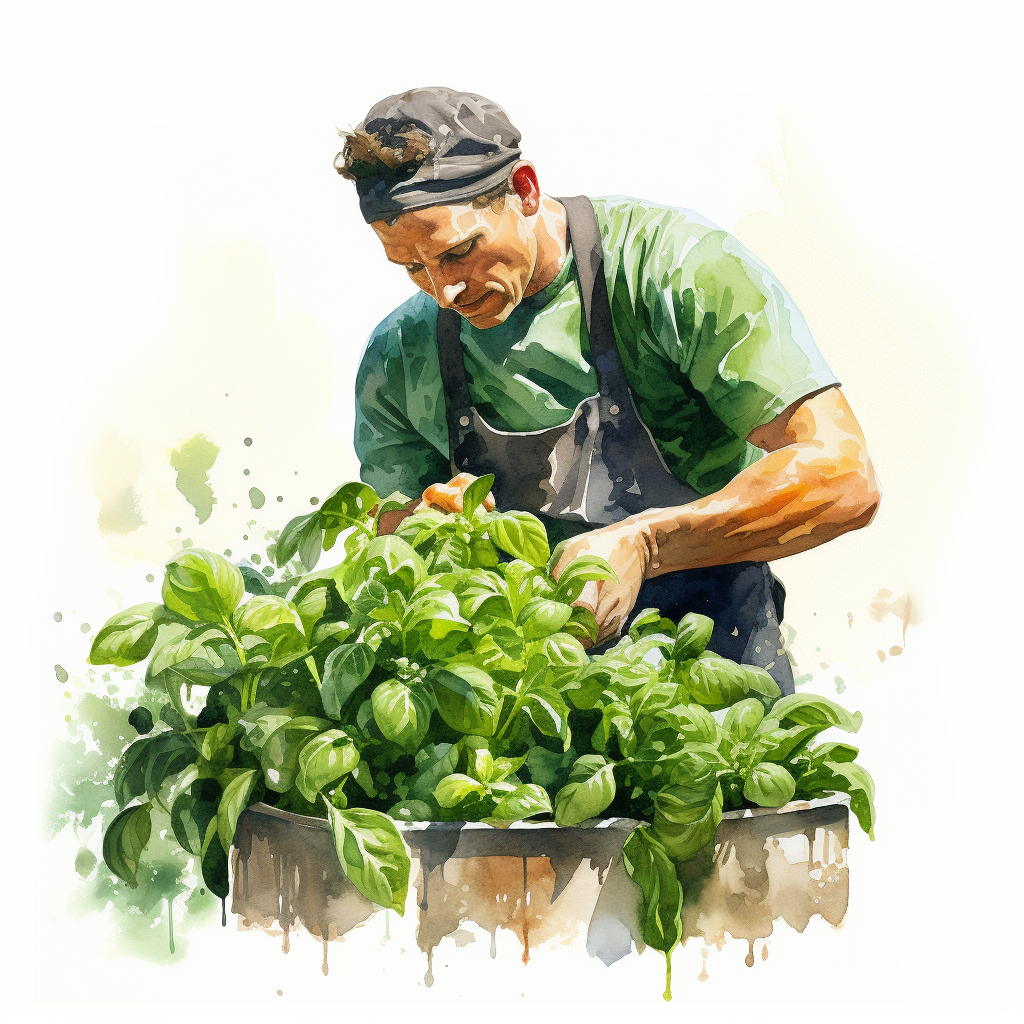
How To Grow Herbs: Getting Started
Where is the best place to put an herb garden: inside or outside?
Indoor vs Outdoor
The best place to put an herb garden ultimately depends on various factors such as available space, climate, and personal preferences. Both indoor and outdoor herb gardens have their advantages and considerations to keep in mind.
Indoor herb gardens offer convenience, year-round cultivation, and protection from external factors, while outdoor herb gardens provide ample sunlight, more growing space, and natural pest control. If you have space outside, we say try outdoors! Or if you don’t have a space for a garden but do have an outdoor area, try container gardening. Then when it comes winter time, grow herbs indoors. Or do whatever works best for you and your particular location and resources.
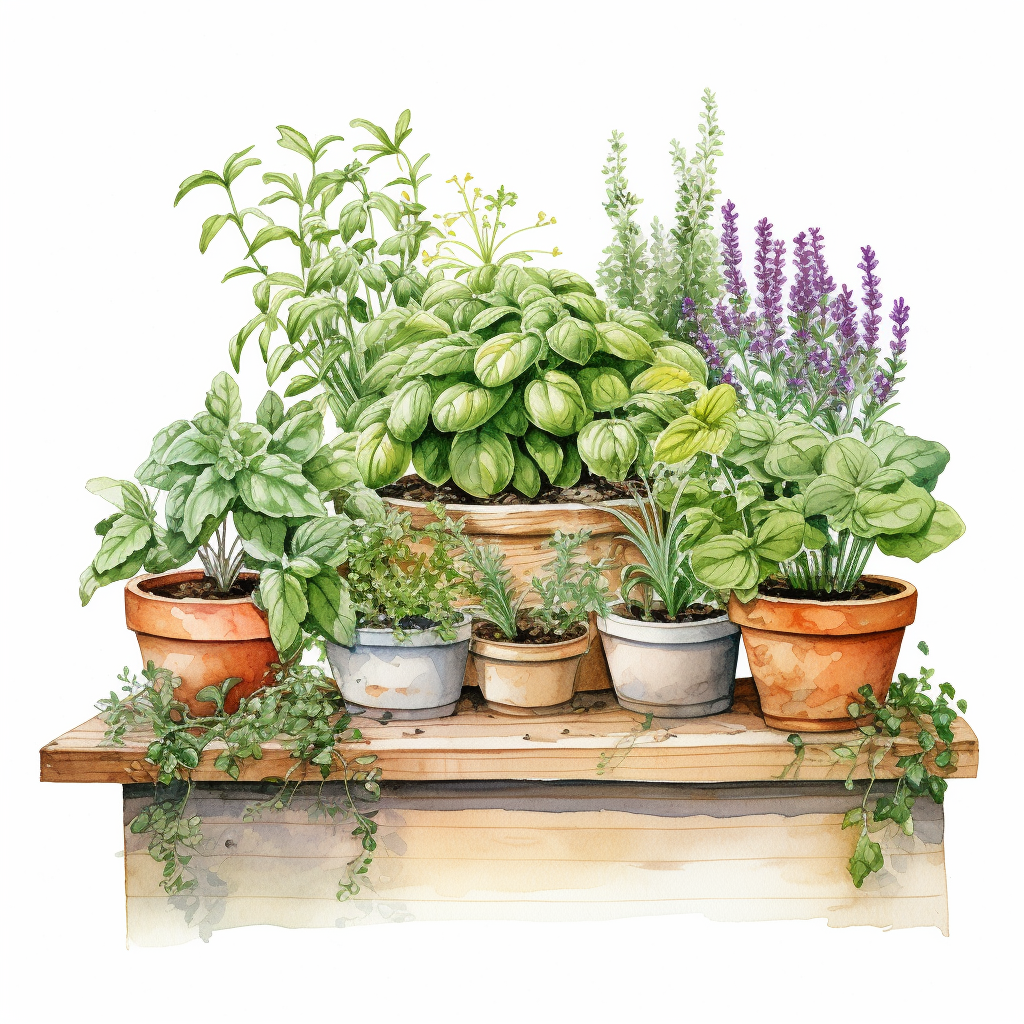
Nurture robust herbs with the best soil mix for growing herbs
Are you eager to create an optimal environment for flowering herbs in your herb garden but unsure where to start with the soil mix? Don’t worry, I’ve got you covered! Let’s explore the different options available to help you craft the perfect soil mix for your herbs or conveniently purchase pre-made herb mixes from a trusted garden store.
- Custom Soil Mix: Tailored to Your Herb’s Needs With a custom soil mix, you have the freedom to create a blend that specifically caters to your herb’s requirements. You can combine key components like topsoil, compost, and organic matter in proportions that promote healthy root development and nutrient absorption. This hands-on approach allows you to fine-tune the soil mix for different herb varieties, ensuring their optimal growth.
- Pre-Made Herb Mixes: Convenience at Your Fingertips If you prefer a hassle-free option, consider purchasing pre-made herb mixes from reputable garden stores. These convenient blends are expertly formulated to provide the ideal balance of nutrients, drainage, and aeration for herb cultivation. Pre-made herb mixes save you time and effort, as they come ready to use, allowing you to jump-start your herb garden with confidence.
- Organic Soil Mix: Nurturing Your Herbs Naturally For those seeking an environmentally friendly approach, organic soil mixes are a fantastic choice. These mixes are free from synthetic chemicals and pesticides, ensuring that your herbs grow in a safe and natural environment. Organic soil mixes promote soil health, microbial activity, and nutrient availability, resulting in robust and flavorful herbs.
- Specialty Herb Mixes: Catering to Unique Herb Requirements Some herbs have specific preferences when it comes to soil conditions. Specialty herb mixes are specially formulated to meet these unique requirements. Whether you’re growing herbs that thrive in well-drained sandy soil or those that prefer moisture retention, there are specialty mixes available to provide the optimal growing conditions for each herb variety.
Remember, the key to a successful herb garden lies in the quality of the soil mix. Whether you choose to create a custom blend tailored to your herbs’ needs or opt for the convenience of pre-made herb mixes, ensuring the right balance of nutrients, drainage, and aeration is essential. So get started on your herb-growing journey with the best soil mix that suits your preferences and watch your garden flourish with flavorful and aromatic herbs.
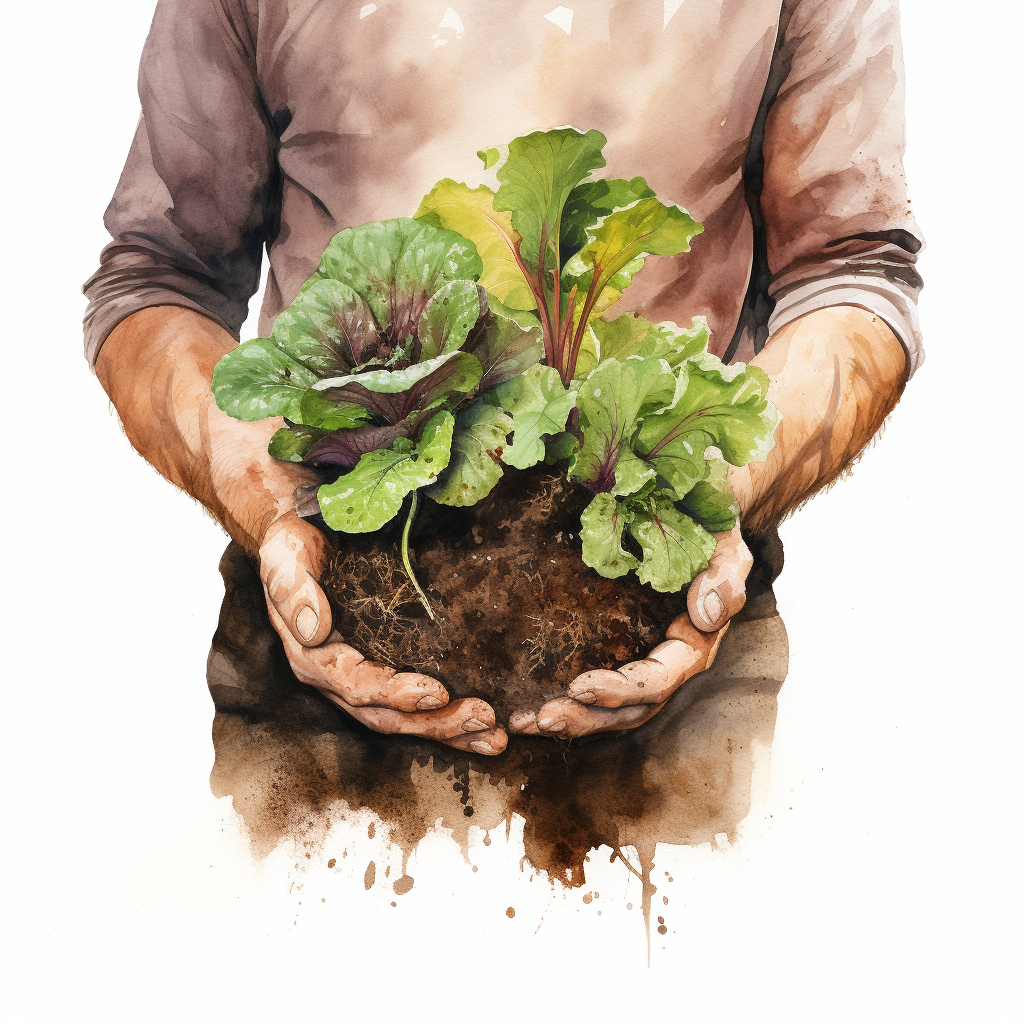
Create a vibrant oasis in your home with herbs grown indoors
Are you ready to embark on a rewarding journey of growing herbs right in the comfort of your own home? With the right approach, you can transform your indoor space into a thriving herb garden. Add herbs in terra cotta pots, window boxes, container gardens, put herbs in pots (loads of potted plants), hanging baskets, or wherever else you can fit them.
Let’s explore the features, benefits, and problems you can avoid when it comes to growing herbs indoors.
- Native to Mediterranean: Harnessing the Power of Origin
- Herbs native to the Mediterranean region, such as basil, rosemary, and thyme, bring a touch of culinary delight to your indoor garden. By creating corresponding conditions, including good sun exposure, moderate temperatures, and proper soil drainage, you provide the optimal environment for their development. This allows you to enjoy the authentic flavors and aromas reminiscent of the Mediterranean cuisine.
- Year-Round Cultivation: Fresh Herbs at Your Fingertips
- Indoor herb gardens offer the convenience of year-round cultivation. Whether it’s winter or summer, you can enjoy the flavors and benefits of fresh herbs anytime. No longer will you be limited by seasonal availability or rely solely on store-bought herbs with uncertain freshness. With an indoor herb garden, you have a continuous supply of herbs for your culinary creations.
- Indoor Herb Gardens: Bringing Nature Indoors
- Incorporating a small herb garden into your kitchen or indoor space not only provides easy access to fresh herbs but also adds a touch of greenery and aesthetic appeal. It creates a delightful ambiance that connects you with nature while enhancing the visual charm of your indoor environment. Cooking becomes a delightful experience as you pluck herbs directly from your own garden.
- Tailored Frost Date: Protecting Your Herbs
- Knowing the frost date specific to your location is crucial for indoor herb garden success. By understanding the optimal timing and adapting your gardening practices accordingly, you can protect your tender herb plants from frost damage. This ensures the longevity and health of your herbs, preventing the disappointment of losing them to cold temperatures.
- Continuous Availability of Fresh Herbs: Elevating Your Culinary Creations
- Imagine the joy of adding freshly harvested herbs to your dishes, elevating their flavors and aromas. With an indoor herb garden, you have a consistent supply of vibrant, flavorful herbs at your fingertips. This enhances your culinary experiences, allowing you to experiment with a variety of herb-infused recipes and delight your taste buds.
With the features and benefits of growing herbs indoors, you can avoid the limitations of seasonal availability, enjoy the freshness of homegrown herbs, and enhance your culinary adventures. Harness the power of indoor gardening and savor the delights of perennial herbs and annual herbs with a thriving herb garden within your own four walls.
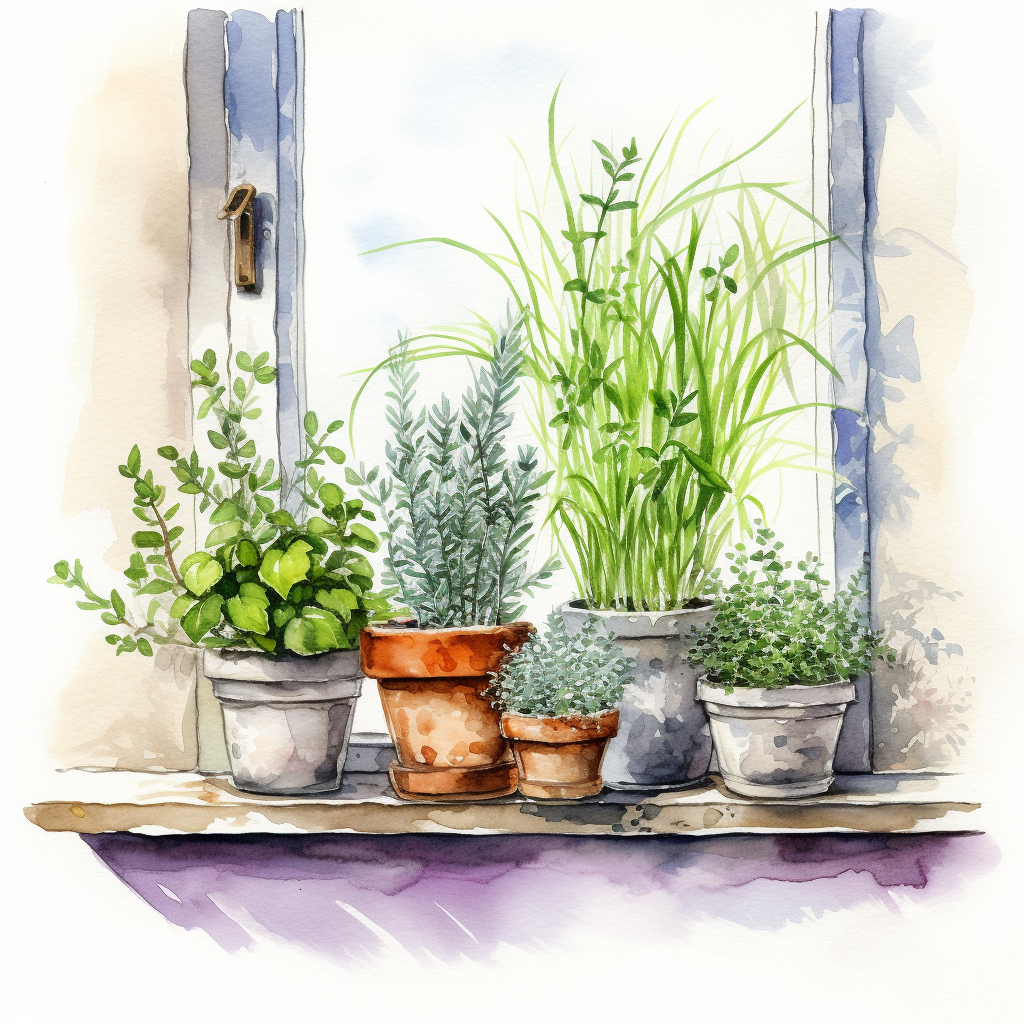
Easiest Herbs to Grow From Seed
Are you ready to embark on an exciting journey of growing herbs right from the garden soil and comfort of your own home? Starting herbs by seed indoors is a fantastic way to kickstart your herb garden and enjoy a bountiful harvest. Let’s explore a selection of herbs known for their easy startability and the benefits they bring to your indoor gardening experience.
- Basil: Cruise Control for Indoor Herb Gardening
- Basil, a popular culinary herb, is a perfect choice to start by seed indoors. This classic italian herb has a preference for warm temperatures and bright light makes it a breeze to cultivate. By growing basil indoors, you keep your eyes on the road to success and create a more balanced life filled with aromatic and flavorful dishes.
- Chives: An Action Plan for Easy Indoor Herb Growth
- Chives, with their mild onion flavor, are incredibly versatile and easy to grow indoors. These herb plants don’t require a lot of light, providing you with an action plan to improve time management. By incorporating chives into your indoor herb garden, you avoid the accidents of unsuccessful herb cultivation and the feeling of being overwhelmed.
- Cilantro (Coriander): Problems You Avoid with Quick Indoor Growth
- Cilantro, known for its distinctive flavor, quickly grows from seed and thrives in cooler temperatures. By starting cilantro indoors, you avoid the problem of limited availability and high cost of store-bought cilantro. Enjoy the freshness and vibrant taste of homegrown cilantro, elevating your culinary creations to new heights.
- Dill: Minting Low-Maintenance Success Indoors
- Aromatic and unique in flavor, dill is an herb that adds a delightful touch to dishes. When grown indoors, it flourishes with relative ease and is relatively low-maintenance. By choosing dill for your indoor herb garden, you avoid the burnout of high-maintenance gardening while still reaping the benefits of its distinct taste.
- Mint: Harvest the Benefits of Fast Indoor Growth
- Mint, a fragrant herb used in teas, desserts, and more, is fast-growing and requires a good amount of light. By starting mint (whether it’s chocolate mint, regular mint, or anything else from the mint family) from seed indoors, you enjoy a steady supply of fresh leaves for your culinary adventures. Harvest the benefits of its rapid growth, keeping your indoor herb garden flourishing while enhancing your tea time and culinary creations.
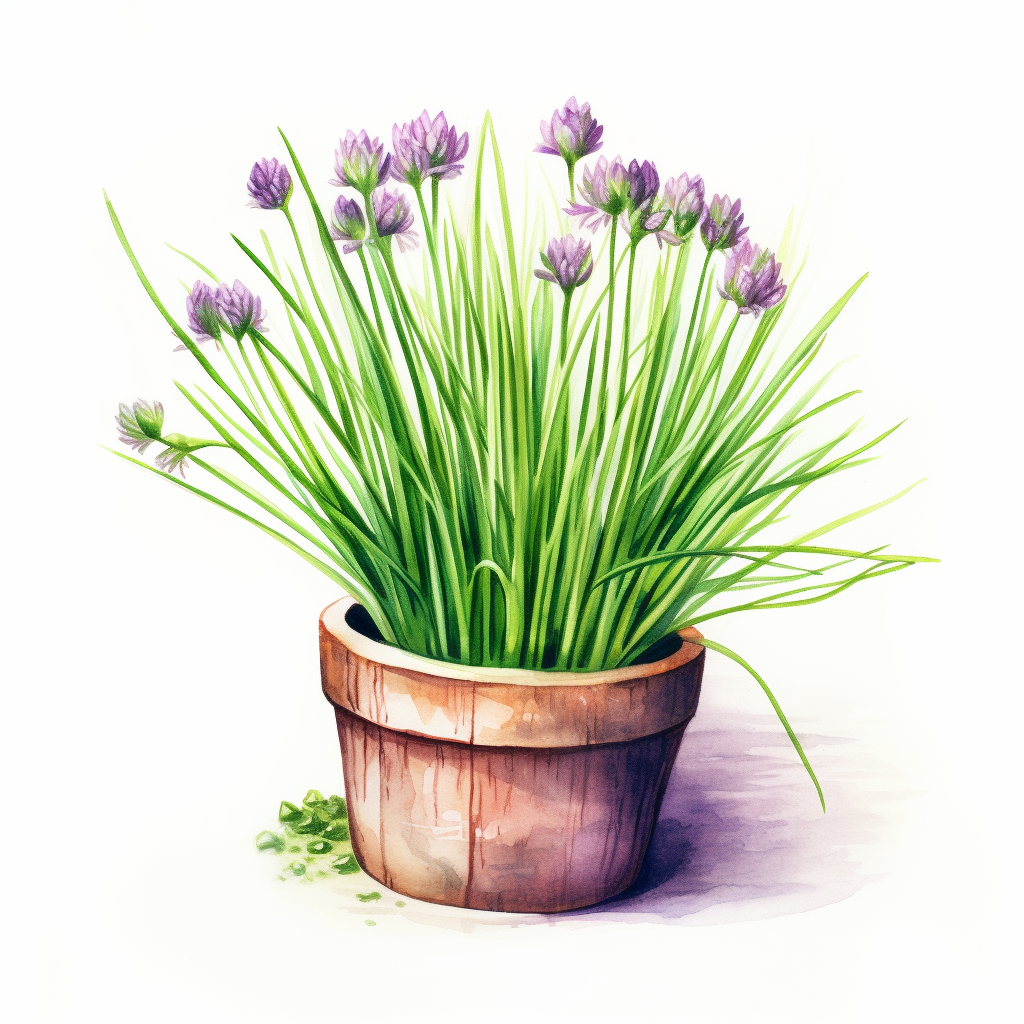
Starting with herbs grown only by seed indoors offers a world of possibilities, and these common culinary herbs are ideal for beginners. Embrace the features, benefits, and problems you avoid by venturing into indoor herb gardening. From the peppery taste of cress to the distinctive aroma of rosemary, these herbs provide a fantastic foundation for your indoor herb garden. Get ready to witness the magic of herb growth inside your house, and let these herbs transform your culinary experiences.
Enjoy the beauty of nature with outdoor herb gardens
Are you ready to take your herb-growing journey to the great outdoors? Growing herbs outdoors during the warmer months of early spring brings a multitude of benefits to your gardening experience. Let’s explore the features, benefits, and problems you can avoid when it comes to growing herbs in the outdoor environment.
- Room to Grow: Expand Your Herb Kingdom Outdoor herb gardens offer ample space for your herb plants to thrive and flourish. With room to grow, your herbs have the opportunity to reach their full potential, resulting in abundant harvests that pack a punch in the kitchen. Say goodbye to restrictions on herb growth and embrace the abundance of space for your green companions to spread their roots.
- Lots of Sunshine: Fueling Herb Vitality When you grow herbs outdoors, they bask in the glory of natural sunlight. The optimal light exposure fuels their photosynthesis process, promoting healthy leaf growth, vibrant flavors, and aromatic qualities. By harnessing the power of sunshine, you keep your eyes on the road to successful herb cultivation and enjoy the rewards of their vitality in your culinary creations.
- Great Soil: Nurturing Herb Health The outdoor environment provides access to great soil for your herb garden. Nutrient-rich soil nurtures the health and growth of your herbs, ensuring they receive the essential elements needed for their well-being. With the right soil composition, you avoid nutrient deficiencies that can hinder herb growth and enjoy herbs bursting with flavor and vitality.
- Getting Outside: Embrace the Outdoors Growing herbs outdoors is more than just a gardening activity. It offers an opportunity to get outside, breathe in the fresh air, and connect with nature. Stepping away from indoor routines and immersing yourself in outdoor gardening provides a refreshing change of scenery and a chance to enjoy the beauty of your herb garden while engaging in physical activity.
- Stress Relief: Gardening as Therapeutic Bliss The act of gardening, whether it’s planting, tending, or harvesting herbs, has proven to be a powerful stress-relieving activity. Embracing outdoor herb gardening allows you to escape the daily hustle and bustle, connect with nature, and find solace in the meditative aspects of nurturing your green companions. It provides a much-needed balance in your life, reducing burnout and the feeling of being overwhelmed.
By growing herbs outdoors, you unlock the vast potential of your herb garden. With room to grow, abundant sunlight, and nutrient-rich soil, your herbs will thrive and bring abundant flavors to your kitchen creations. Embrace the opportunity to get outside, connect with nature, and find solace in the therapeutic bliss of gardening. Elevate your herb-growing experience by taking it outdoors, and watch your garden flourish while you savor the joys of outdoor herb cultivation.
Which herbs should I plant and when?
If you’re not sure what to plant herbs to grow based on your growing season, check out rooted reminders. When you log on to the site, you can select the plants you want to grow in your herb garden, and then you’ll be reminded when it’s time to start them from seed, transplant them to the outdoors, or sow them directly. No more mistiming or forgetting to plant when you should.
Are there herbs that should not be planted together?
When it comes to growing herbs, you may wonder if there are certain combinations that should be avoided. While most herbs can happily coexist, there are a few exceptions. Let’s explore the many herbs that that may not thrive together and the benefits of giving them their own space.
- Mint and Other Herbs: Mint, known for its vigorous growth, can quickly take over if planted alongside other herbs. To keep your herb garden in cruise control, it’s best to give mint its own space. By doing so, you can prevent accidents like overcrowding and ensure the other herbs have room to flourish.
- Dill and Fennel: Both dill and fennel are tall herbs that may hinder the growth of neighboring plants. By providing an action plan to improve time management, keeping them separate allows other herbs to receive the light they need to thrive. It also helps avoid the problem of cross-pollination, which can affect the quality of their seeds.
- Rue and Basil: Rue and basil may not make the best companions. Rue releases chemicals that can hinder basil’s growth. By keeping these herbs apart, you ensure that basil can keep its eyes on the road to success. This way, it can reach its full potential and provide you with a more balanced herb garden.
- Different Watering Needs: Some herbs have varying moisture requirements. For example, rosemary prefers drier conditions, while basil enjoys consistent moisture. By grouping herbs with similar watering needs together, you avoid accidents like over or under watering. This promotes healthier plants and prevents burnout or feeling overwhelmed.
- Herbs Prone to Powdery Mildew: Certain herbs, such as oregano and sage, are more susceptible to powdery mildew. Planting them too closely together can create a humid environment that encourages the spread of this fungal disease. By keeping these herbs apart, you avoid the problem of powdery mildew and ensure your herb garden stays healthy and vibrant.
By being mindful of the herbs that should not be planted together, you can achieve a harmonious perennial herb garden. This keeps accidents like stunted growth, nutrient imbalances, and disease at bay.
Design a visually pleasing layout for your herb garden with careful planning
Plant short, shade tolerant plants underneath tall, bushier plants. Whenever mixing sun loving plants, place tall plants on the north side and smaller ones on the south so they can get the sun they crave.
Rooted reminders can help you figure out when to plant your garden and includes helpful information like spacing to make sure that your herbs don’t crown each other out.
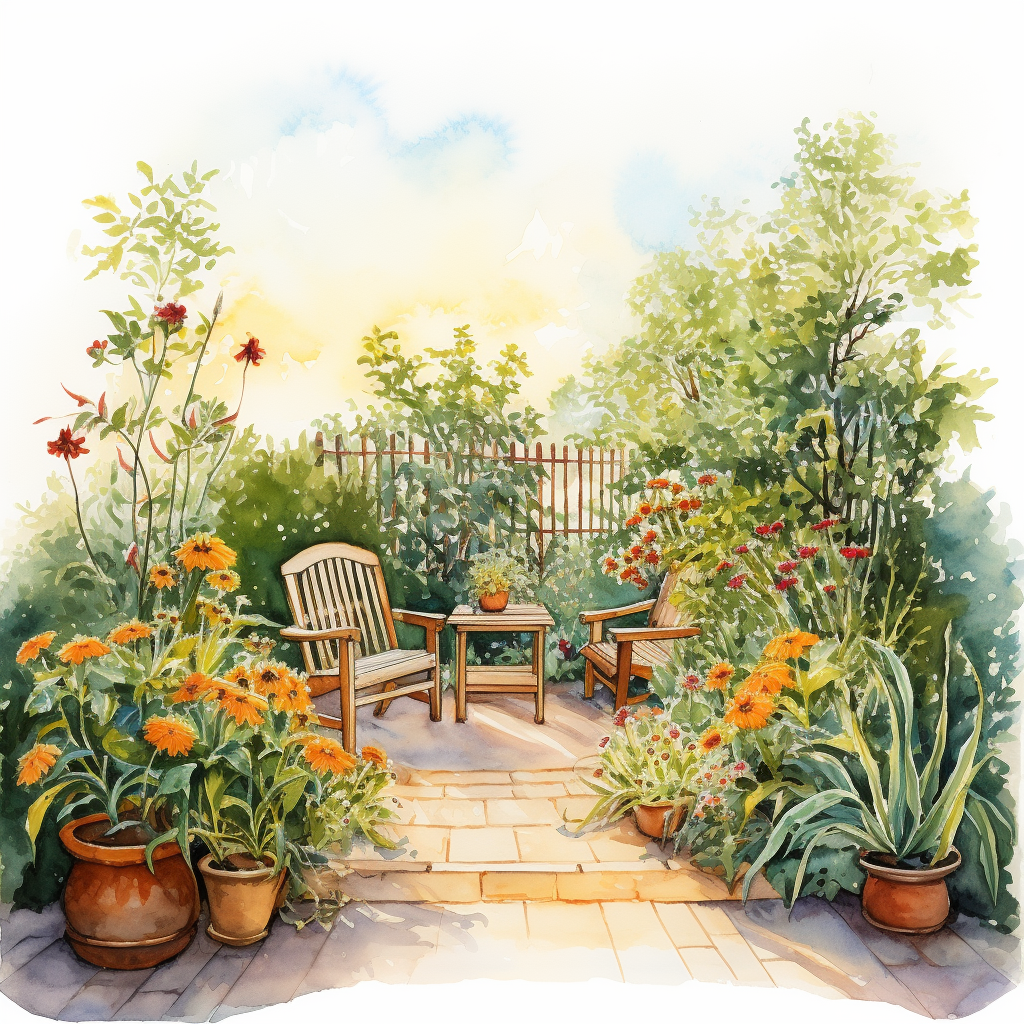
Which herbs are easy to grow?
Are you new to gardening or looking for herbs that are a breeze to cultivate? Look no further! We’ve compiled a list of herbs that are perfect for beginners and will keep your gardening journey on cruise control. Let’s explore these easy-to-grow herbs and the benefits they bring to your garden.
- Basil: Starting your herb garden with basil seedlings is a fantastic choice. This herb is simple to grow from seed, making it an ideal feature for your garden. With its vibrant leaves and enticing aroma, basil adds a delightful touch to your culinary creations. Growing basil keeps your eyes on the road to success and offers a more balanced gardening experience.
- Thyme and Oregano: Thyme and oregano are herbs that make gardening a joy. These easy-to-grow herbs are resilient and remain alive throughout the growing season. By cultivating thyme and oregano, you’ll have a constant supply of fresh herbs to enhance the flavors of your favorite dishes. These low-maintenance herbs bring you the benefits of a thriving herb garden without the worries of complicated cultivation.
- Sage and Rosemary: While sage and rosemary may require a bit more attention, they offer a rewarding challenge for gardeners looking to expand their skills. These herbs add depth and distinct flavors to your culinary creations. By tackling the cultivation of sage and rosemary, you’ll gain valuable experience and the satisfaction of successfully growing more demanding herbs.
Starting with herbs in your garden journey sets the foundation for a successful and enjoyable gardening experience. As you gain confidence, you can progress to salad greens and even space-intensive plants like tomatoes and eggplants. This sequential planting approach keeps accidents like burnout and feeling overwhelmed at bay, allowing you to grow at your own pace.
With these easy-to-grow herbs, you’ll embark on a gardening adventure that’s both satisfying and stress-free.
How much sunlight do herbs need?
When it comes to growing herbs, understanding their sunlight requirements is key to their success. Just like us, herbs need the right amount of sunlight to thrive and develop their vibrant flavors. Let’s explore how much sunlight different herbs need and the benefits of providing them with proper lighting.
- Full Sun Herbs: Herbs such as basil, rosemary, thyme, oregano, sage, and lavender are sun-worshippers. These herbs crave at least 6 to 8 hours of direct sunlight each day. By giving them the sunlight they need, you ensure their leaves grow strong and flavorful, ready to elevate your culinary creations.
- Partial Sun/Partial Shade Herbs: Herbs like cilantro, chives, dill, and parsley can tolerate a bit of shade. They require 4 to 6 hours of direct sunlight daily but can benefit from some relief from intense midday sun. These adaptable herbs give you the flexibility to grow them in areas that receive partial sun or partial shade, providing a more balanced lighting environment.
- Shade-Tolerant Herbs: If you have shadier spots in your garden, fear not! Certain herbs like mint and lemon balm are more shade-tolerant. While they can tolerate some direct sunlight, they thrive in partially shaded areas where they receive 2 to 4 hours of direct sunlight per day. These herbs offer you the opportunity to create green pockets of freshness even in less sunlit corners.
Understanding the sunlight needs of herbs helps you create an optimal growing environment. By providing the right amount of sunlight, you avoid accidents like weak growth, flavorless leaves, and sunburn. Your herb garden will flourish, and you’ll enjoy a more balanced gardening experience.
Keep in mind that these guidelines are general and can vary based on specific herb varieties and regional climate conditions. If you’re growing herbs indoors, ensure they receive adequate light from a sunny window or consider using artificial grow lights to simulate sunlight.
So, let the sun shine on basil plants in your herb garden! With the right amount of sunlight, your herbs will thrive, providing you with an abundant supply of aromatic and flavorful delights.
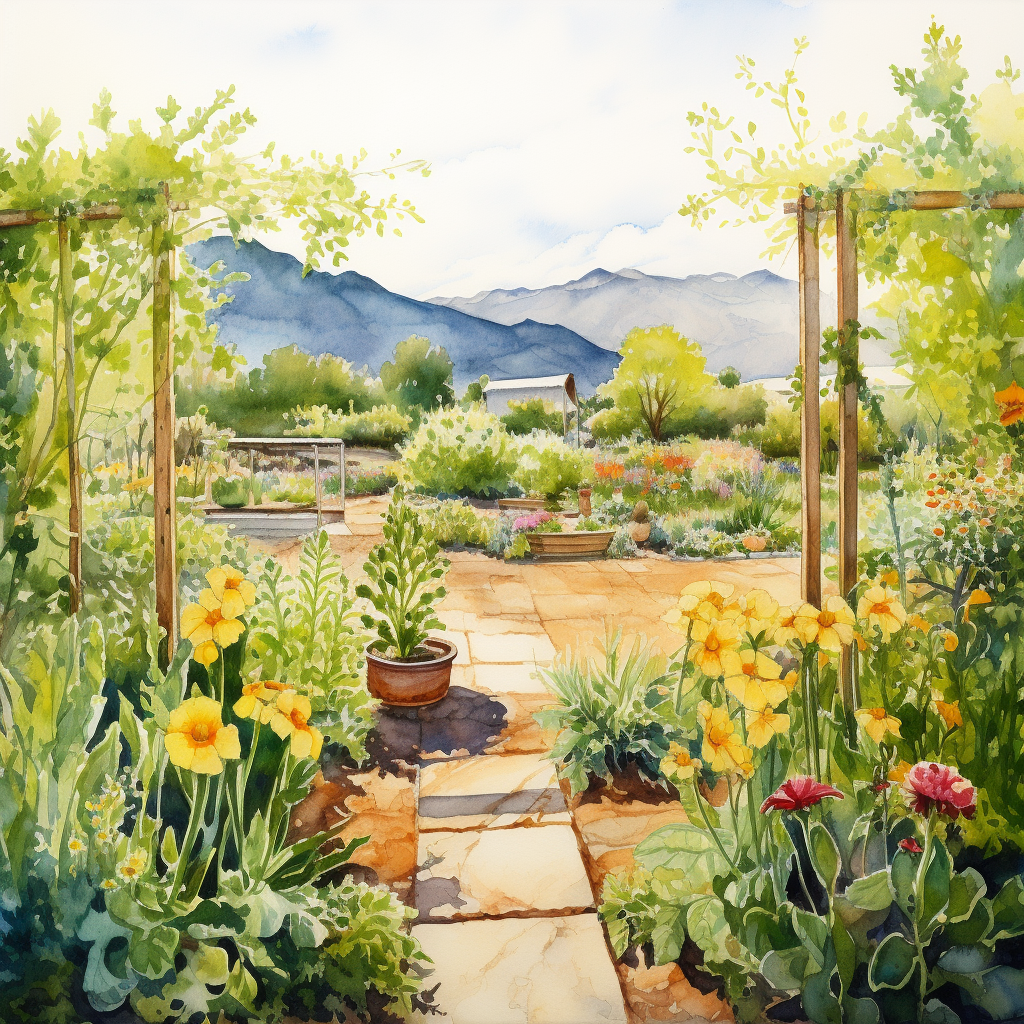
How much water do herbs need?
How much water do your herbs need? It’s a common question that many herb gardeners ask. Just like any other plants, herbs have specific water requirements to thrive and stay healthy. Finding the right balance is crucial to avoid overwatering or underwatering your precious herbs. Let’s explore some guidelines to help you understand how much water your herbs need.
- Check the soil: Before watering your herbs, it’s important to check the moisture level of the soil. Simply stick your finger about an inch deep into the soil. If it feels dry at that depth, it’s time to water. This simple step helps you ensure that your herbs receive the right amount of hydration.
- Water thoroughly but infrequently: When it’s time to water, make sure to thoroughly moisten the soil until water drains out of the drainage holes. This ensures that the roots of your herbs receive adequate hydration. However, it’s essential to avoid letting your herbs sit in standing water as it can lead to root rot. Allowing the soil to dry out slightly between waterings is beneficial as most herbs prefer well-drained soil.
- Consider environmental conditions: The water needs of your herbs may vary depending on environmental conditions. In hotter and drier climates or when you have indoor heating, evaporation can be faster, and your herbs may require more frequent watering. On the other hand, cooler and more humid conditions may necessitate less frequent watering. Observing the specific needs of each herb and adjusting your watering routine accordingly is key.
- Watch for signs of overwatering or underwatering: Overwatering can cause root rot and other issues, while underwatering can lead to wilting and stunted growth. Keep a close eye on your herbs for signs such as drooping leaves, yellowing, or soil that feels excessively dry or waterlogged. By watching for these signs, you can adjust your watering routine to provide the optimal moisture levels for your herbs.
- Develop a watering routine: It’s important to develop a watering routine that suits the specific needs of your herbs and the environmental conditions they are in. Regularly monitor the moisture level of the soil and adjust your watering frequency accordingly. Remember, it’s better to underwater your herbs than to overwater them. Most herbs prefer slightly drier conditions rather than consistently wet soil.
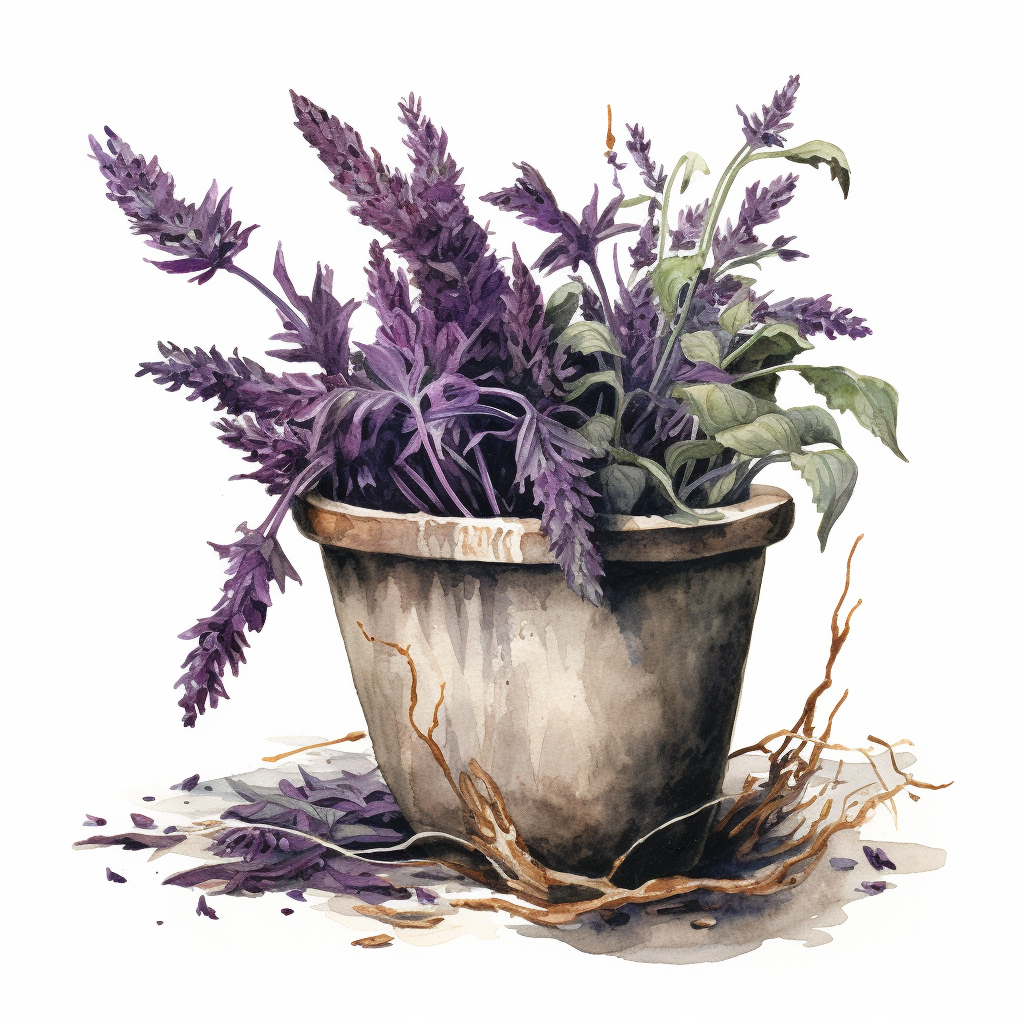
By understanding the water needs of your herbs and following these guidelines, you can provide them with the right amount of hydration for healthy growth. Monitoring the soil moisture, watering thoroughly but infrequently, considering environmental conditions, and watching for signs of overwatering or underwatering are all essential steps in maintaining a thriving herb garden.
Maximize the flavor and yield of your herbs with proper harvesting techniques
Harvesting your herbs is a rewarding process that not only provides you with fresh ingredients but also promotes the growth and vitality of your herb plants. By following proper techniques, you can ensure a bountiful harvest and enjoy the many benefits of homegrown herbs. Here’s a step-by-step guide on how to harvest herbs:
- Proper Harvesting: Harvesting herbs at the right time promotes leaf growth and encourages the plants to thrive. It helps prevent pests and deters diseases, ensuring the overall health of your herb garden.
- Sequential Cutting: Begin by cutting the outer limbs of your herb plant, moving inward as you harvest. This approach ensures a thorough harvest and allows the inner branches to continue producing new growth. By selectively removing mature leaves, you can encourage the plant to continuously provide you with fresh herbs.
- Specific Techniques: Different herbs may require specific techniques for optimal harvesting. For instance, basil leaves are best harvested by pinching off the stem just above a pair of leaves. This technique allows the remaining leaves to continue growing and ensures a robust harvest.
- Exceptions for Basil: Basil, with its rapid growth and abundant foliage, benefits from a slightly different harvesting method. Instead of removing entire branches, selectively pluck individual leaves or leaf clusters to allow the plant to continue thriving and producing more leaves for future harvests.
By following these simple steps, you can maximize the productivity of young plants in your herb garden and enjoy a continuous supply of fresh, flavorful herbs. Remember to observe your plants and adjust your harvesting routine based on their growth patterns and specific needs.
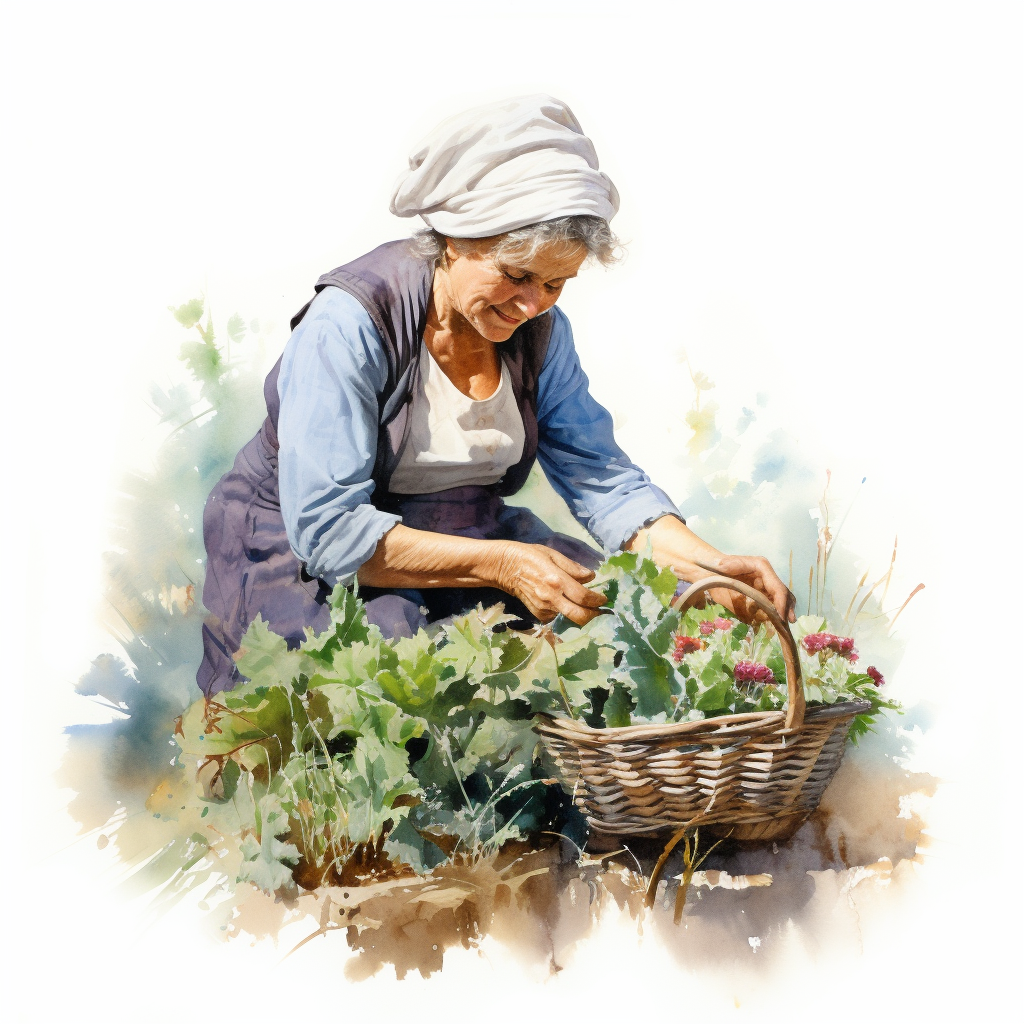
Preserve the flavors and aromas of your herbs with the art of drying
Are you looking to extend the shelf life of your herbs and savor their flavors for longer? Drying herbs is a fantastic option that allows you to enjoy their goodness even when they’re out of season. Let’s explore the process of drying herbs and the benefits it offers.
- Passive Drying: The easiest method for drying herbs is to place them indoors at room temperature and let them dry naturally. This passive drying technique allows the herbs to gradually lose moisture while retaining their essential oils, flavors, and aromas. Using screens or herb drying racks can aid in this process, ensuring proper airflow for consistent drying.
- Adaptable to Different Climates: Drying herbs indoors works well in most climates, providing an ideal environment for the drying process. However, in hot and humid conditions, passive drying at room temperature may not be sufficient. High temperatures and humidity can hinder proper drying and lead to herb spoilage. In such cases, alternative methods like using a dehydrator or oven at low temperatures may be necessary.
- Achieving Crispy-Dry Herbs: To maintain the quality of dried herbs, it’s important to ensure they are fully crispy-dry. This ensures their longevity and optimal condition, especially when grinding them into a powder or achieving a softer consistency. Properly dried herbs retain their vibrant flavors, potency, and usability for an extended period.
By learning the art of drying herbs, you can preserve their essence and enjoy the taste of summer all year round. Whether you opt for passive drying or explore alternative methods, drying herbs allows you to unlock their culinary potential and enhance your culinary creations. So don’t let your herbs go to waste, give them the gift of preservation through the drying process and elevate your dishes with their flavors!

Best of luck on your culinary and gardening adventure
As we come to the end of our blog journey on starting a kitchen herb garden, I hope you are feeling inspired and excited to embark on this green-fingered adventure. Remember, with a little time, care, and dedication, you can cultivate a thriving herb garden right in the heart of your kitchen.
By starting your own kitchen herb garden, you’ll not only have a bountiful supply of fresh, aromatic herbs at your fingertips but also a deeper connection to the flavors and ingredients that make your dishes truly special. The satisfaction of growing your own herbs and witnessing their journey from seed to plate is truly unparalleled.
As you embark on this culinary endeavor, don’t be afraid to experiment and explore. Mix and match different herbs, get creative with your recipes, and savor the incredible flavors that nature has to offer. And remember, the learning never stops. With each harvest, you’ll gain valuable knowledge and insights into the art of herb cultivation.
I want to express my sincere gratitude for joining me on this herb-infused journey. I hope that the tips, insights, and techniques shared in this blog will serve as your compass in creating a thriving kitchen herb garden. May your garden flourish with vibrant colors, intoxicating scents, and an abundance of flavors that bring joy and delight to your culinary adventures.
Happy gardening!
So, grab your gardening tools, select your favorite herbs, and let the magic unfold in your kitchen. Whether you’re a seasoned gardener or just starting out, remember that every journey begins with a single seed. Happy herb gardening, and may your culinary creations be nothing short of extraordinary

